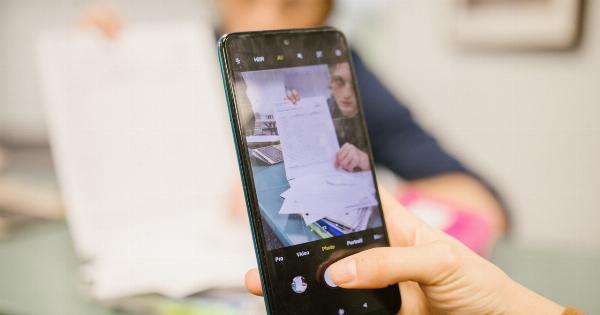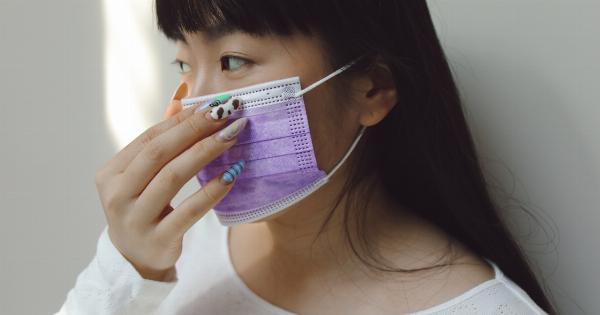Amblyopia, commonly known as lazy eye, is a vision disorder where one or both eyes do not develop normal vision during early childhood.
This occurs when the brain “ignores” or suppresses the visual information from one eye to avoid confusion with the other eye. If left untreated, amblyopia can result in permanent vision loss in the affected eye.
While amblyopia usually develops between the ages of six months to six years, it can still be treated in adults.
Treatment effectiveness may vary depending on the severity of the condition and age of the patient, but there are several efficacious treatment options available to correct amblyopia.
1. Prescription Eyeglasses
Prescription eyeglasses can sometimes correct amblyopia caused by refractive errors such as nearsightedness, farsightedness, or astigmatism.
These lenses can help the affected eye to focus properly, thereby reducing the suppression of visual information by the brain.
2. Contact Lenses
Similar to prescription eyeglasses, contact lenses can also correct refractive errors and improve vision in amblyopia patients.
Contact lenses are particularly helpful for children who may not like to wear eyeglasses or have difficulties keeping them on.
3. Eye Patching
Eye patching involves covering the better-seeing eye with a patch or occluder for a prescribed amount of time each day to force the brain to use the amblyopic eye.
This technique is most effective for children under the age of 7 as their visual system is still developing. The length of time required for patching may vary from a few hours to several months, depending on the severity of the condition.
4. Atropine Eye Drops
Atropine eye drops are used to temporarily blur the vision in the better-seeing eye, forcing the amblyopic eye to work harder.
This technique is often preferred over eye patching as it does not require covering the eye, allowing the patient to engage in activities such as reading and school work. However, it may result in side effects such as sensitivity to light, blurry vision, and a temporary increase in nearsightedness.
5. Vision Therapy
Vision therapy is a customized program of eye exercises and activities designed to improve visual acuity, eye coordination, and depth perception.
This technique is suitable for all ages, and sessions may take place once or twice a week for several months. The success of vision therapy depends on the patient’s dedication to attend regular sessions and complete the prescribed homework exercises.
6. Surgery
In rare cases, amblyopia may require surgical intervention. This is typically reserved for cases of severe amblyopia or when the condition is caused by an underlying eye disorder such as cataracts or strabismus.
Surgery may involve removing a cataract or repositioning the eye muscles to align the eyes and improve visual acuity.
7. Virtual Reality Therapy
Recent studies have shown that virtual reality therapy can be a successful treatment for amblyopia. The use of virtual reality headsets allows the patient to engage in immersive games and activities that require the use of both eyes.
As the patient completes the tasks, the brain learns to process visual information from both eyes, reducing the suppression of the amblyopic eye. While this technique is still relatively new, it shows great promise in improving visual acuity in amblyopia patients.
8. Combination Therapy
Various combinations of the above treatment methods may be used to treat amblyopia, depending on the severity of the condition, the age of the patient, and any underlying eye disorders.
For example, a patient may use contact lenses in combination with daily eye patching or atropine eye drops. Vision therapy sessions may be combined with surgery for the best possible outcome.
Conclusion
Amblyopia is a treatable condition, and early intervention is critical in achieving the best possible outcome. The most efficacious treatment will depend on the severity of the condition, the age of the patient, and any underlying eye disorders.
However, a customized treatment plan that may include eyeglasses, contact lenses, eye patching, atropine eye drops, vision therapy, surgery, or virtual reality therapy has proven to be successful in correcting amblyopia.




























